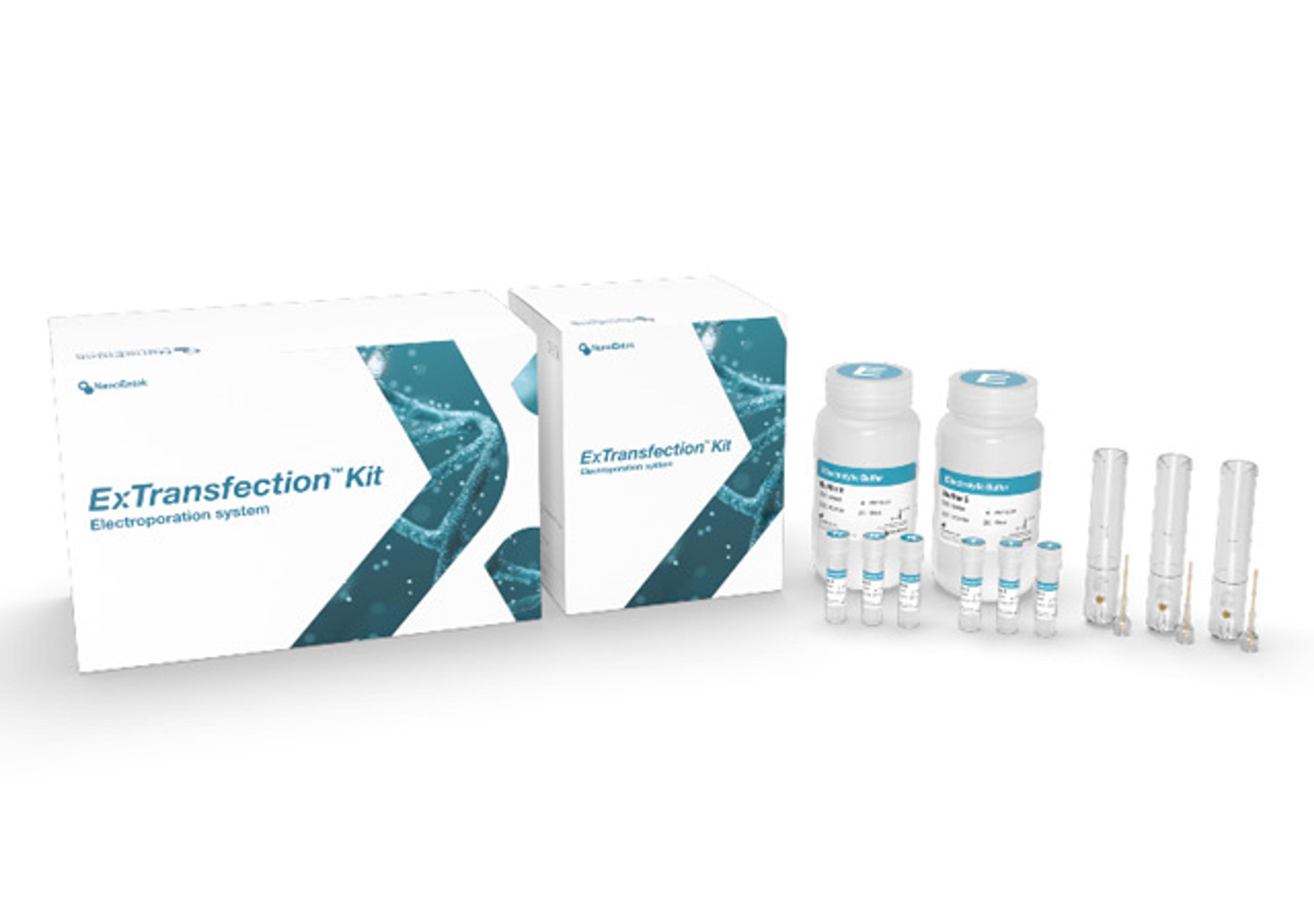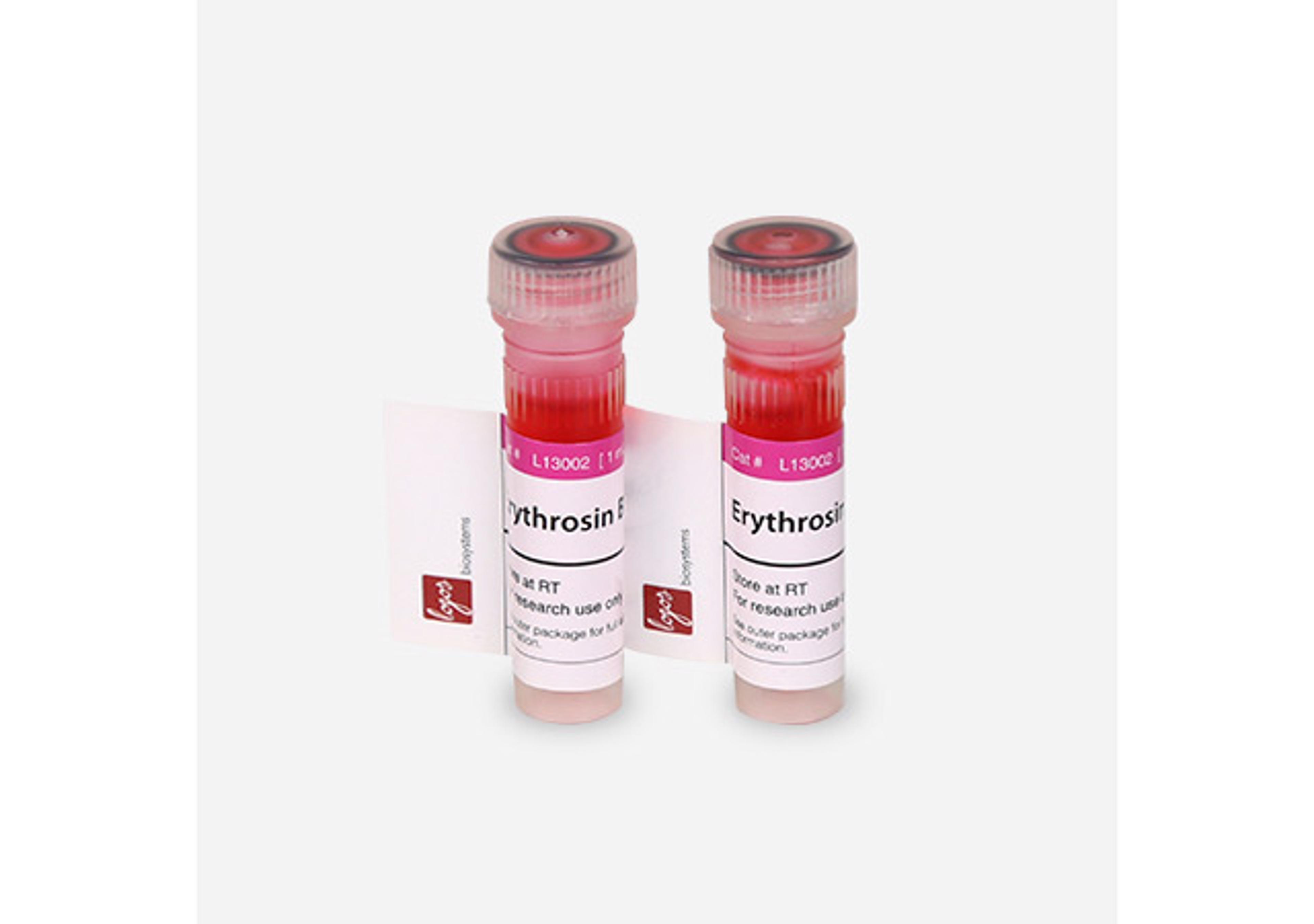Tundra™ Cryo-TEM
The Thermo Scientific Tundra™ Cryo-Transmission Electron Microscope (Cryo-TEM) is a dedicated structure-determination solution designed to bring single particle analysis to every biochemistry laboratory. It is easier to use than typical cryo-TEM instruments, fits into a standard lab space, and matches grant mechanisms and funding opportunities globally. The Tundra™ Cryo-TEM is a powerful tool that can help answer your most ch…

The supplier does not provide quotations for this product through SelectScience. You can search for similar products in our Product Directory.
The Thermo Scientific Tundra™ Cryo-Transmission Electron Microscope (Cryo-TEM) is a dedicated structure-determination solution designed to bring single particle analysis to every biochemistry laboratory. It is easier to use than typical cryo-TEM instruments, fits into a standard lab space, and matches grant mechanisms and funding opportunities globally. The Tundra™ Cryo-TEM is a powerful tool that can help answer your most challenging research questions, offering structural determination at biologically relevant resolutions.
Key features:
- Structural information at biologically relevant resolution
- Space efficient and cost-effective
- Easy, iterative sample-viability determination and biochemistry optimization
- Unique AI algorithms streamline data collection and allow the microscope to learn over time so that you can stay focused on the science
3D structures answer your biological questions
One of the primary challenges of investigating dynamic biological processes, and how they fail in disease, is the complexity inherent to biological machinery. Large and/or dynamic protein systems present a unique challenge to traditional methods of scientific inquiry, which study these systems either indirectly or in isolation. Fortunately, cryo-electron microscopy (cryo-EM) single-particle analysis (SPA) has emerged as a well-suited approach for the direct determination of native function and dynamics in complex biological systems.
Single-particle analysis can validate your biochemistry work by showing the molecular details that underlie the interactions between proteins, small molecules, and post-translational modifications in large and dynamic protein systems at near-native conditions. These molecular details confirm the mechanism of action by which complex biological systems (e.g. membrane proteins, protein complexes, and macromolecular machines such as viruses, ribosomes, and proteasomes) contribute to human health and disease.
For example, the human GABAA (gamma-aminobutyric acid type A) receptor is a small membrane protein and ligand-gated chloride-ion channel that mediates inhibitory neurotransmission. GABAA receptors are important therapeutic targets as their various conformations affect a variety of important signaling pathways. Due to GABAA's conformational flexibility, traditional methods have been unable to reveal its molecular mechanism of action. The ability of cryo-EM to image large, biologically complex structures has, meanwhile, allowed researchers to see the molecular details that underpin the allosteric modulation of this important receptor.
With the Tundra™ Cryo-TEM, more scientists can have access to this type of information for their complex biological systems. Our applications scientists have used the Tundra™ Cryo-TEM to determine a 3D structure of GABAA to ~4-5 Å resolution. At this resolution, molecular details such as individual alpha helices and beta sheets are clearly visible, molecular structures can be docked, and molecular interactions modeled. Additionally, the Tundra Cryo-TEM was able to achieve 3 Å resolution for the rigid benchmark protein apoferritin. At this resolution, the protein backbone can be traced and major amino acid side chains are clearly visible, making de novo model building possible. Data at these resolutions helps you understand how proteins function, how to modify genes, and how to design drugs accordingly.
Specifications
Technical highlights of the Tundra™ Cryo-TEM
- 3.5 Å apoferritin structure determination in 24-72 hours
- High-brightness X-FEG (extreme field emission gun)
- Fixed accelerating voltage of 100 kV
- Semi-automated sample loading
- Cryo-preparation station allowing contamination-free sample exchange
- Sample transfer device for transferring single AutoGrids to the microscope
- Fixed cryo-box that keeps samples contamination free for up to 72 hours
- Computerized 4-axis specimen cryo-stage with ±15° alpha tilt
- High-performance Thermo Scientific Ceta Camera with dose fractionation, optimized for low-dose imaging
- EPU 2 Software for automated single particle analysis screening and data acquisition
- Smart EPU software: an AI-enabled software solution that provides feedback into data collection. Includes an open application programming interface
Floor-plan and installation requirements
- Environmental temperature: 18–23°C
- Temperature stability: 1°C per 24 hours
- The enclosure can handle any temperature variation time within this bandwidth
- Relative humidity: <80 %
- Minimum room dimensions: 4.00 x 3.80 m (13.1 x 12.5 ft)
- Ceiling height: 2.74 m (8.99 ft)
- Door height: 2.30 m (7.55 ft)
- Door width: 1.00 m (3.28 ft)
- Weight distribution maximum: 700 kg/m2
- Double earth connection
- Frequency: 50 or 60 Hz (±3%)
- Compressed air supply with a pressure range of 5–7 bar
- Sulfur hexafluoride (SF6) gas in properly ventilated room
- LAN connection for Thermo Scientific RAPID Service (Remote Access Program for Interactive Diagnosis)


















